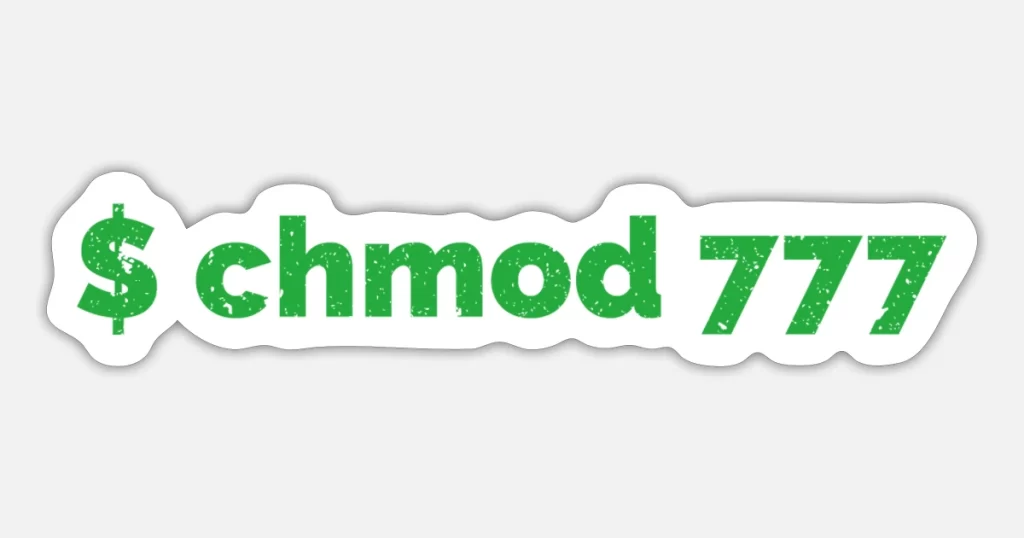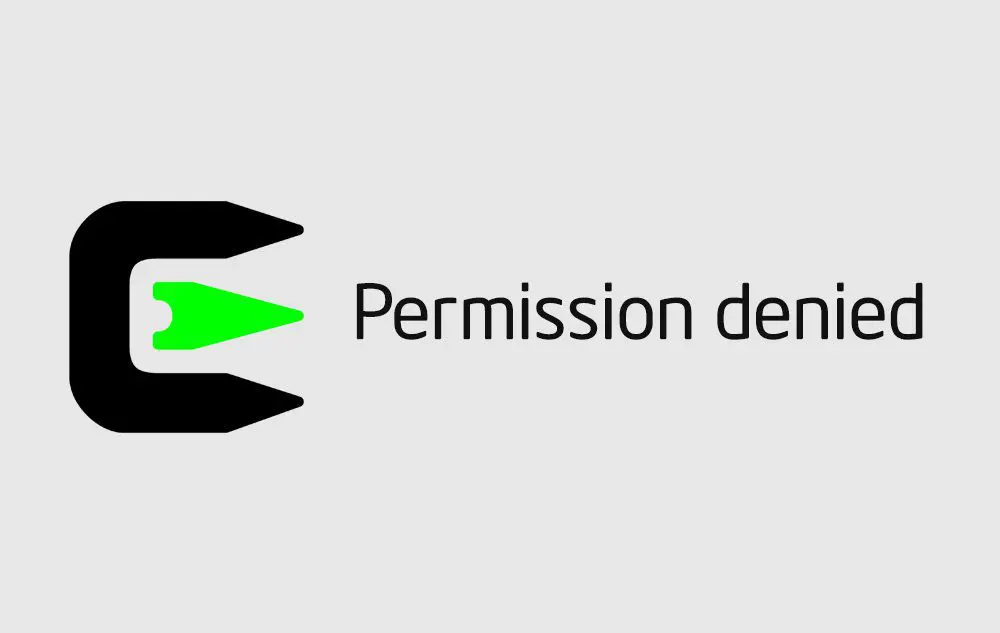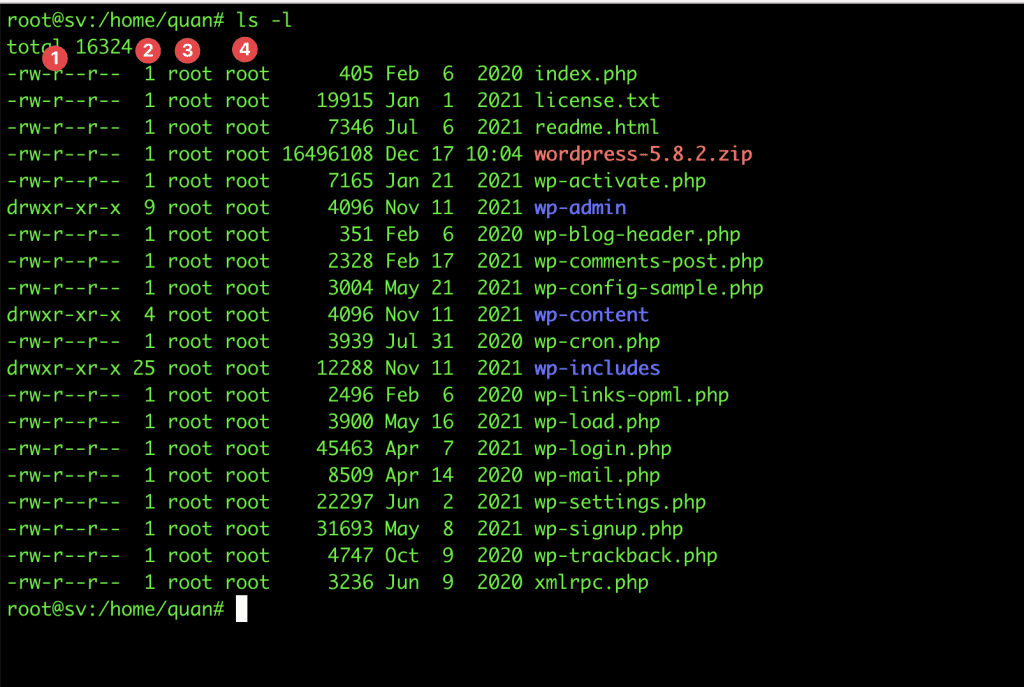Nội dung
When you first come into contact with Linux, surely the terms decentralization, chmod, chown are no longer strange to you. However, have you assigned the right permissions and what do the rights you regulate mean and what rights should not be abused?
Maybe sometimes you will encounter the message You don't have permission to or permission denied when using and working on a Linux server. And the fastest way that I read in tutorials and on forums is to use chmod -R 777 file-hoac-folder. This command will solve your problem, but is it effective and safe? So let’s learn about permissions in Linux.

Before going into decentralization, let’s ask why it is necessary to decentralize.
I will take a real-life example for you to imagine easily:
Assuming you have a phone, it belongs to you, then you have the right (to use, sell or throw it away). And another person borrows your phone, and you only allow them to hold, see, not sell, then the act of agreeing to lend and only allow to see is a form of decentralization and division of permission.
And if that person knowingly sells your phone without your consent, that’s a violation. But on Linux, this behavior will be prevented immediately.

How to decentralize in Linux
Before going into decentralization in Linux, you need to know the following 2 important components:
Permission Groups
The users in the system will be divided into 3 groups as follows:
- Owner: The owner of the file.
- Group: A certain group and given any permissions to the file, the users in the group will have that permission.
- Other: The remaining users (not in the above 2 types)
Permission Type
There are 3 basic types of permissions in Linux: read, write and execute files as shown in the table below:
| Permission | Symbol | Number form | Describe |
| Read | r | 4 | Read file |
| Write | w | 2 | Write/edit file |
| Execute | e | 1 | Execute file |
At this point, you can understand the meaning of the number 7 in the set of 777 rights. It is the sum of the 3 numbers above (Read+Write+Execute=4+2+1=7), i.e., are all read, write and execute permissions.
But why 777? Let’s continue to check the current file permissions. If you are familiar with the ls command to list files/folders, just add the -l option to see the details of permissions as follows:

In this image, you will see some columns and ranges of numbers and symbols and I will explain each, so you are clear.
Column 1: In this column, each file/directory will have different permissions with different symbols. For example, the first file is -rw-r–r–, then this set will include the following:
- –: this sign is to identify the file type, ie if there is a – sign, it is a file and the letter d is a directory, the letter c is the device and the letter l (L) is the link.
- rw-: the first 3 are Owner’s permissions
- r-: the next trio is the Group’s permission
- r–: the remaining 3 are Other’s permission
Column 2: (Number 1) this number indicates the number of links to the file, the number 1 here means it has only 1 hard link pointing to itself
Column 3: The owner of the file here is the root
Column 4: The group that owns the file in this image is the root
The next columns show the size, time, file name and folder information.
When you have seen this section, you must have understood decentralization in Linux, right? Then go back to the question and article title about the 777 permission. Each number will correspond to the Owner/Group/Other authority.
chmod -R 777With this permission, you give any user full rights to your file/folder. This is a dangerous activity, and you should not use it indiscriminately. And should only be used when necessary and you must have complete control over it.
Hopefully, this article will help you understand more about the numbers in decentralization and how to decentralize in Linux.

